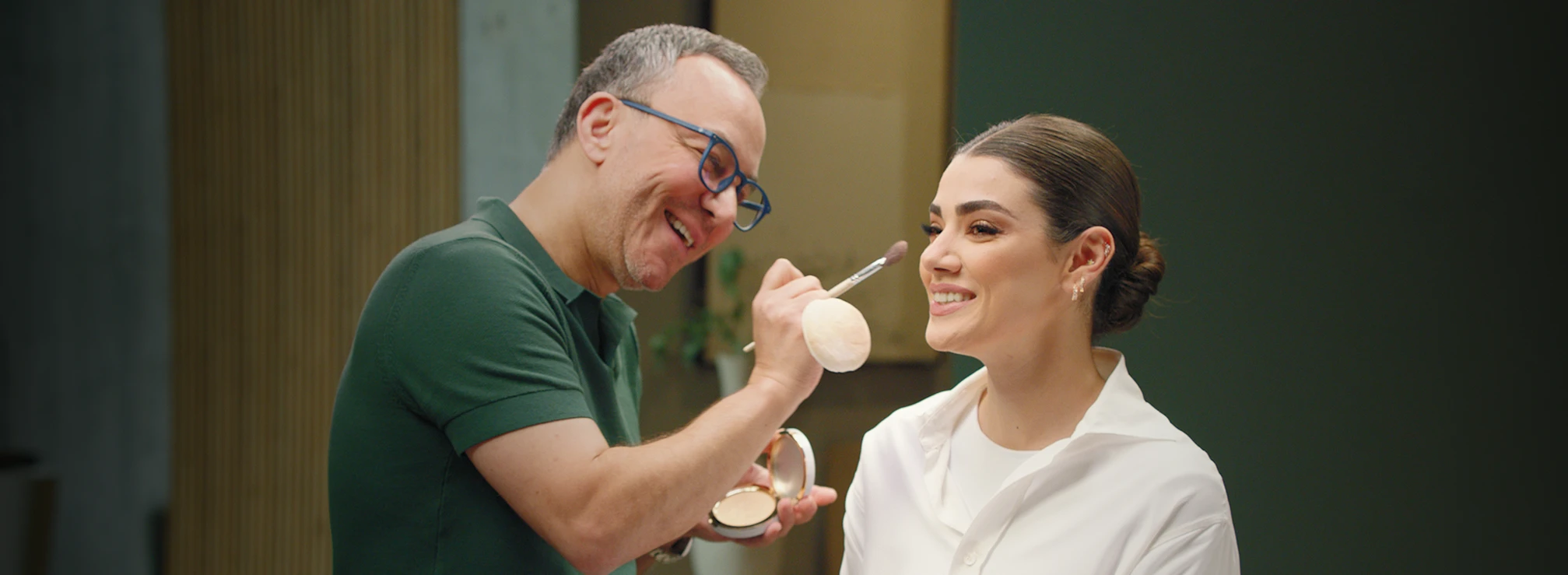Get Inspired Today
Explore our offered classes
and master new skills
One Subscription, Priceless Knowledge
New classes are added regularly
Download the App
The Maharat Experience

Transformative Skills
Practical skills that will make your life better, directly from the biggest names in the Arab World.
Learn At Your Own Pace
Access world-class knowledge whenever, wherever, on any device.
Certificate of Completion
Earn personalized certificates with every completed class to document your growth journey.Frequently Asked Questions
General






What is Maharat?

How is Maharat different from other online learning platforms?

What is included in a 6/12 Maharat subscription?

What is included in a Maharat single-class purchase?

Why should I join Maharat?

Where and how can I watch Maharat?

Pricing & Payment



How much does Maharat cost?

How can I cancel my Maharat subscription?

How can I gift a Maharat class?

Classes



What is a Maharat class?

What skill level should I be at to take a Maharat class?

Do I get a certificate at the end of each class?








-LEFT-GRADIENT.webp)













